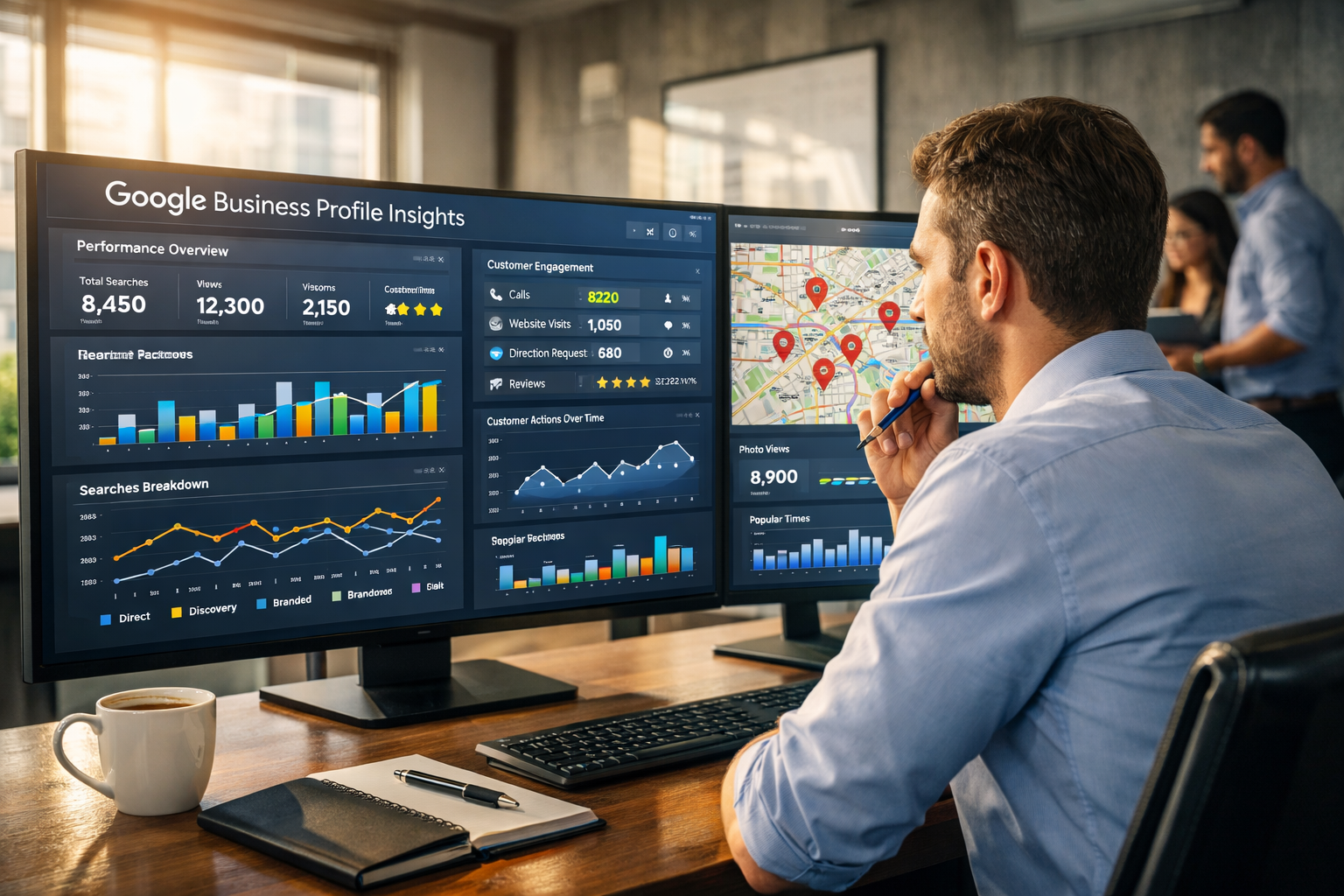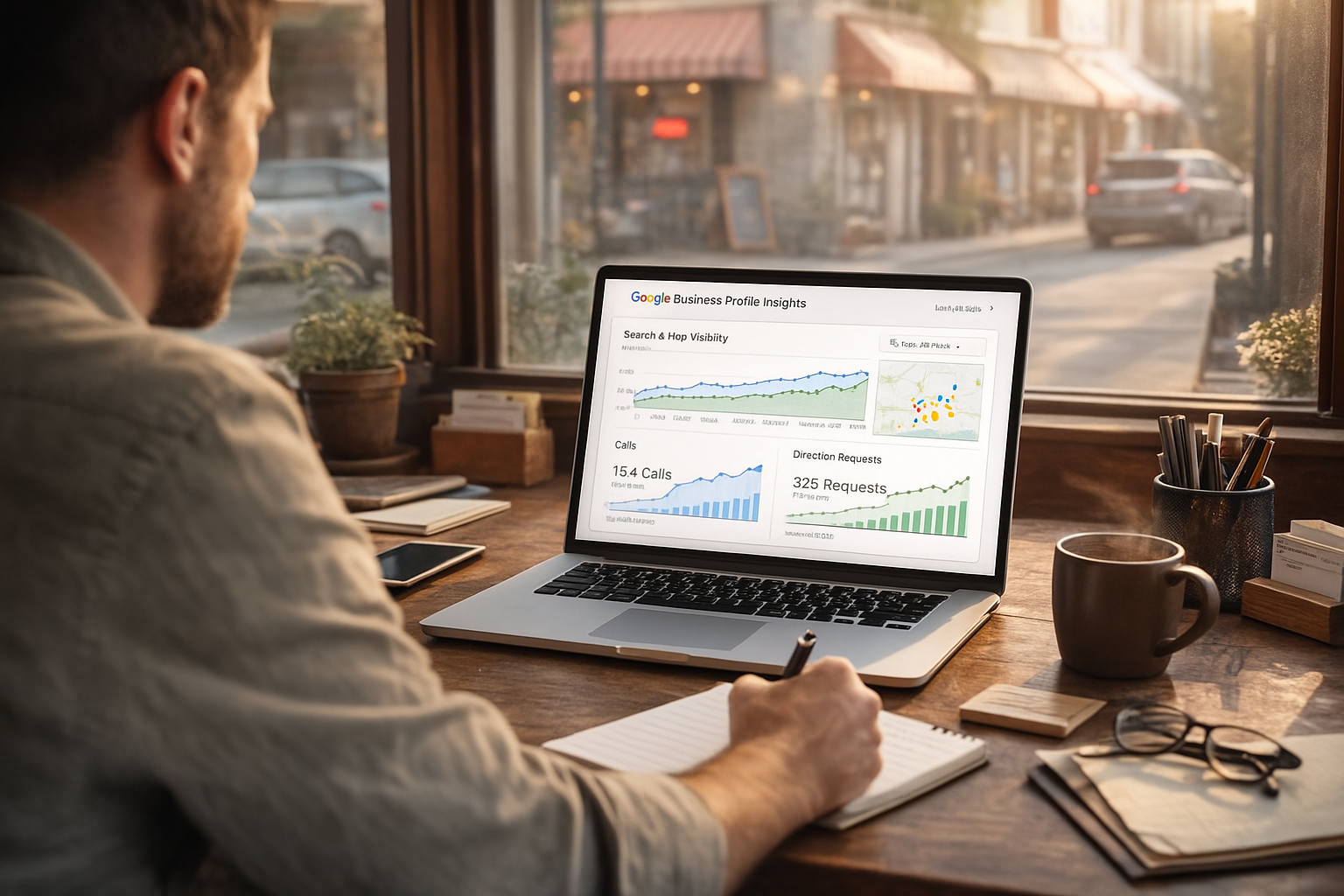What is Local SEO And How Is It Different From Standard SEO?
Local SEO is a specialized digital marketing approach designed to boost a business's visibility in search results for specific geographic locations, while standard (traditional) SEO aims for broader, national, or global reach. Understanding the differences, strategies, and goals between these two types of SEO is essential for getting found by the right customers—whether they're around the corner or around the world.
Defining Local SEO Versus Traditional SEO
Local SEO focuses on optimizing a business’s online presence so it appears prominently in search results for queries with local intent, such as “plumber near me” or “coffee shop in [city]”. Standard SEO, on the other hand, targets a much broader audience, aiming to rank for search terms regardless of a user’s location.
While both strategies share basic practices—such as keyword research, high-quality content, and technical optimizations—local SEO adds layers like Google Business Profile management, local citations, reviews, and geo-targeted keywords. The aim is to drive foot traffic, phone calls, and visibility among people searching within specific cities or neighborhoods.
Search Intent: Nearby Solutions Versus Global Reach
Search intent is the core difference between these two strategies. When users turn to Google with local queries—often on their mobile devices—they’re seeking solutions nearby. They want immediate options ranked by proximity, relevance, and reputation. Most standard SEO queries, meanwhile, address informational topics, products, or services that could be fulfilled online, regionally, or even globally.
For example:
- Local intent: “best pizza Brooklyn,” “emergency dentist near me”
- National/global intent: “what is deep dish pizza,” “how to fix a cavity”
Businesses that ignore intent may get visibility without conversions, while those who optimize for the right type can dominate their market.
Keyword Strategy: Local Keywords Versus Broad Phrases
A key divergence is in the type of keywords targeted. Local SEO requires geo-specific terms—like city, neighborhood, or regional identifiers—in both on-page content and metadata. This helps align content with the way potential customers actually search for services nearby.
Standard SEO campaigns use more general, high-volume keywords—like “digital marketing agency” instead of “digital marketing agency Philadelphia.” Both types research keyword difficulty and search volume, but local SEO finds less competition since only local businesses are optimizing for those specific locations.
Ranking Factors: Proximity, Reviews, and Citations
Traditional SEO relies heavily on content quality, backlink profiles, and domain authority. Local SEO, while sharing these, introduces additional factors:
- Proximity to the searcher
- Quantity and quality of local reviews
- Consistent Name, Address, Phone number (NAP) citations across directories
- Google Business Profile optimization
- Engagement (like Q&A and updates on Google)
Local algorithms emphasize relevance, distance, and prominence. This means even a small business can outshine national brands within its service area if local signals are strong.
The “Map Pack”: Local SEO’s Unique Real Estate
A hallmark of local SEO is the “local pack” or “map pack”—the boxed section of Google results that highlights local businesses with a map and direct links to their profiles. Only businesses optimized for local searches are featured here.
Standard SEO strives for organic positions across all of Google, but the local pack offers highly prized space where users are more likely to click or call on the spot. Optimizing for the map pack is one of the fastest ways to drive in-person traffic.
Google Business Profile: The Heart of Local SEO
While standard SEO uses website optimizations, Google Business Profile (GBP) is local SEO’s main tool. Fully building out and updating this profile influences search appearance, local pack rankings, and customer conversion.
GBP lets businesses add photos, respond to reviews, post updates, and list products. It also feeds location data to Google Maps, making it a direct link between searchers and physical stores.
Customer Reviews: A Local Trust Signal
Both SEOs care about reputation, but local SEO puts extra weight on reviews—on Google and other platforms. Google’s local algorithm evaluates review ratings, volume, and recency to determine which listings appear first. Prompt and positive responses build credibility, help rankings, and directly drive new visits and calls.
Standard SEO may factor in third-party site mentions or “brand signals,” but it puts less direct value on customer reviews than local SEO.
Citations and Directory Listings
Citations refer to the appearance of your business name, address, and phone number (NAP) on various directories and platforms. Consistent NAP data increases local authority, while inconsistencies can harm local ranking.
Local SEO requires regular audits and updates to these citations, while traditional SEO pays less attention to them unless targeting specific local terms.
Content Strategy: Location, Community, and Hyperlocal Topics
Local SEO campaigns often include content tailored to local events, news, or community interests—like blog posts about local partnerships, guides to neighborhood attractions, and landing pages for each service area. This content builds links with local organizations and signals community engagement.
Standard SEO generally produces broader topics (“What is SEO?”; “Marketing tips for small business”) intended for a national or global audience.
An effective local SEO content strategy relies on deeply understanding the unique qualities of a business's location and weaving that into every aspect of digital content. Businesses succeed when they
create blog posts, service pages, and resources that specifically address the needs, stories, and interests of local audiences.
This can include guides to community events, profiles of nearby partners, or case studies featuring well-known local customers. Incorporating neighborhood-specific keywords and frequently asked questions into content demonstrates relevance both to search engines and to the people in the area actively seeking local expertise.
Additionally, local content thrives when business owners actively participate in and highlight community life. By engaging with local events, collaborations, and causes, and reflecting these in blog posts or social media, businesses can foster goodwill and naturally attract local backlinks—boosting SEO rankings. Creating interactive campaigns, such as inviting customer testimonials, sponsoring a local cause, or featuring neighborhood stories, not only reinforces a brand's hyperlocal authority but also builds relationships that drive both word-of-mouth referrals and measurable online growth.
This approach helps position the business as a vital, trustworthy part of the community, turning local content into a key driver of both visibility and loyalty.
Technical SEO and Mobile Optimization
Both forms rely on solid technical SEO: fast-loading websites, structured data, and mobile-friendly design. However, mobile optimization is even more critical for local SEO, since most local searches are conducted on mobile devices.
Local websites need easy-to-find phone numbers, click-to-call features, maps, and directions—all essentials to turn mobile searchers into real-world customers. Traditional SEO, while still mobile-conscious, emphasizes site architecture and navigational ease for broader reach.
Measuring Success and Conversion Actions
Local SEO tracks metrics like calls, requests for directions, foot traffic, and map visibility—actions that immediately affect local business success. Standard SEO focuses more on website visits, lead forms, downloads, and overall search visibility.
Understanding which metrics matter most to each strategy helps businesses allocate resources for maximum return.
Frequently Asked Questions
How do I know if my business needs local SEO, traditional SEO, or both?
If the goal is to attract customers in a specific location—like a store, restaurant, or service area—local SEO is essential. Businesses operating online or seeking a broader reach will also benefit from standard SEO.
What tools are important for local SEO?
The essentials are
Google Business Profile, consistent local citations, review generation platforms, and geo-targeted keyword research tools. Traditional SEO relies more on advanced website audits, backlink analysis tools, and content optimization platforms.
Can I use both strategies at once?
Yes, many businesses combine local and standard SEO, especially if they serve both a regional and national/international audience. Strategies can be layered for maximum reach.
What if I don’t have a website?
For local SEO, it’s still possible to get found via Google Business Profile and map listings, though having a website dramatically improves control and authority.
How long does it take to see results from local SEO versus traditional SEO?
Local SEO can yield results more quickly due to lower competition and more direct conversion actions. Standard SEO is longer-term, often taking several months to climb broader search rankings.
How does link building differ between local SEO and traditional SEO?
In local SEO, the focus is on earning backlinks from locally relevant directories, community organizations, and local news sites, while traditional SEO aims for high-quality links from industry-leading websites or broader online sources.
Is there a difference in keyword strategy for local vs. standard SEO?
Yes, local SEO uses geo-targeted keywords that include city, neighborhood, or region identifiers (like “plumber in Dallas”), whereas standard SEO uses broader, non-location-specific keywords to target a national or global audience.
What types of businesses benefit most from local SEO?
Businesses with a physical location or those serving customers in a defined geographic area—such as restaurants, clinics, law firms, and stores—see the greatest benefits from local SEO, while online-only businesses generally focus on standard SEO.
How do Google Maps and the 'map pack' relate to local SEO?
Local SEO is designed to help businesses appear in Google’s “map pack” or local results, which display a map and top local listings for searches with local intent; standard SEO typically doesn’t appear in these sections.
Are there budget differences between local and standard SEO?
Local SEO can often be more cost-effective as it targets a smaller, more specific audience with less competition, while standard SEO campaigns aiming for national or global reach typically require a larger, ongoing investment.
By understanding the distinctions and strengths of both local and standard SEO, businesses can tailor their strategies, get found in the right searches, and convert interest into loyal customers.












